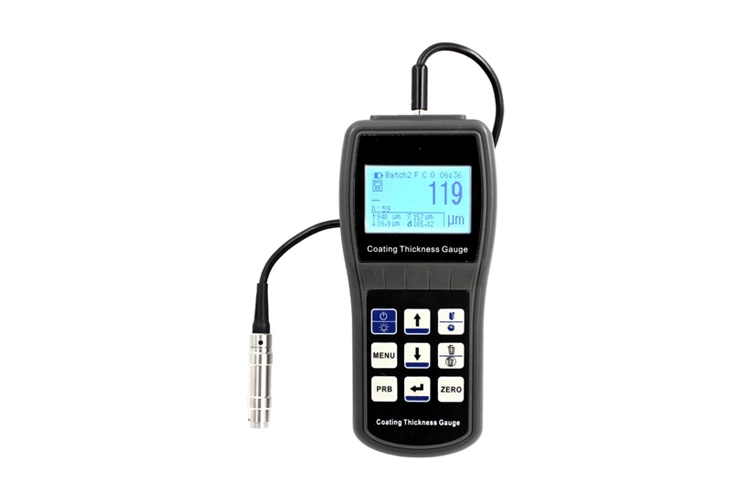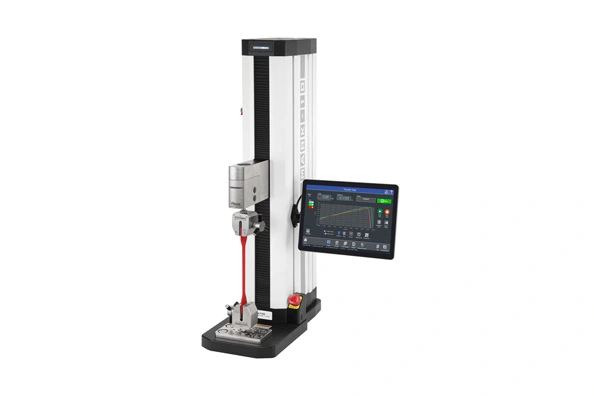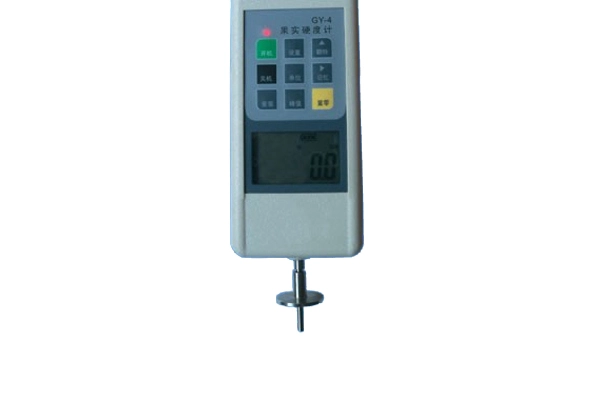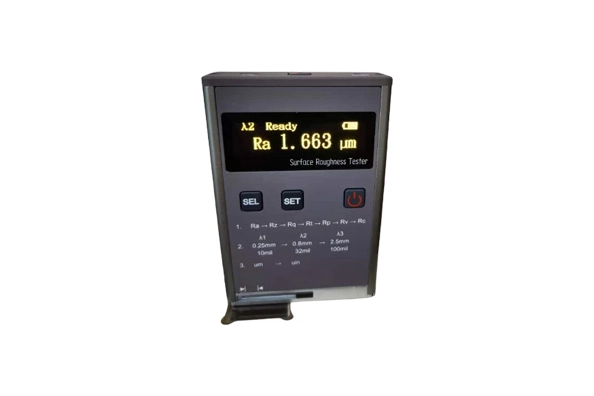1. The basic concept of thickness gauge
A thickness gauge is a precision measurement tool specifically designed to measure the thickness of an object. It can accurately measure the thickness of various materials such as metal, plastic, wood, glass, and paper. The measurement principle of the thickness gauge mainly relies on the distance between the measuring head and the reference surface to determine the thickness of the object being measured. The thickness gauge has high measurement accuracy, easy operation, and is widely used in various production and scientific research fields.
The main components of the thickness gauge include the measuring head, reference surface, display screen, and operation buttons. The measuring head is the main measurement part of the thickness gauge, and it can select different measuring heads according to the material and shape of the object being measured. The reference surface ensures the accuracy of the measurement. The display screen is used to display the measurement results, and the operation buttons are used to control various functions of the thickness gauge.
2. The Main Types of Thickness Gauges
According to different measurement principles and usage scenarios, the thickness gauge can mainly be divided into the following types:
Mechanical thickness gauge: This is the most common type of thickness gauge. Its measurement principle relies on the mechanical displacement between the measuring head and the reference surface to measure the thickness of the object being measured. The advantages of a mechanical thickness gauge are simple structure and convenient operation, but its measurement accuracy is influenced by mechanical errors.
Electronic thickness gauge: The measurement principle of this type of electronic hardness tester relies on electronic sensors to measure the thickness of the object being measured. The advantages of an electronic thickness gauge are high measurement accuracy and the ability to achieve automatic measurement and data processing, but its price is relatively high.
Ultrasonic thickness gauge: The measurement principle of this type of thickness gauge relies on the propagation velocity of ultrasonic waves in the object being measured to measure its thickness. The advantages of an ultrasonic thickness gauge are the ability to measure the thickness of non-metallic and composite materials. In actual measurement, whether to contact the object being measured depends on the specific conditions at the site, but its measurement accuracy is influenced by the thickness gauge itself.
3. Precautions for Using A Thickness Gauge
When using a thickness gauge, the following points should be noted:
Before measurement, calibrate the thickness gauge to ensure its measurement accuracy.
During the measurement process, keep the measuring head perpendicular to the object being measured to reduce measurement errors.
After measurement, clean the measuring head and reference surface in a timely manner to prevent contamination and wear.
When storing and transporting the thickness gauge, avoid vibration and impact to prevent damage.

In summary, the thickness gauge is a very useful measurement tool that can greatly improve the efficiency of production and scientific research. However, during use, attention should be paid to operating norms and maintenance to ensure measurement accuracy and service life.

 français
français Español
Español русский
русский العربية
العربية português
português



